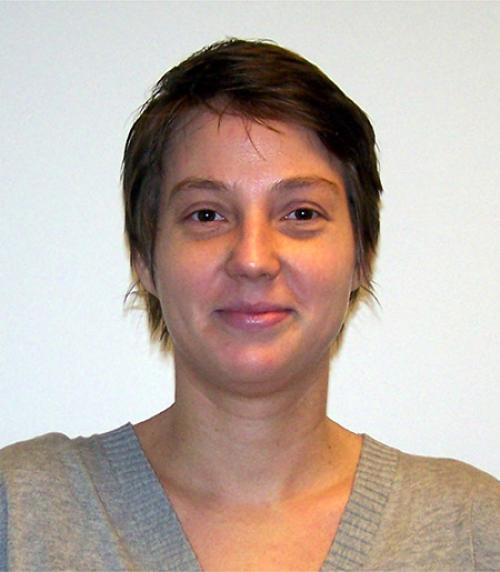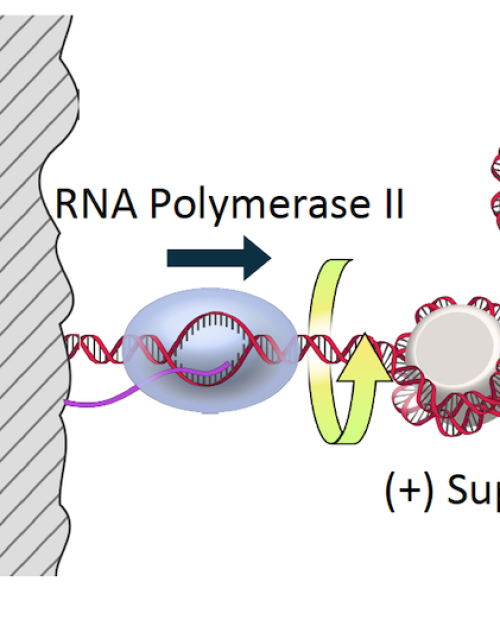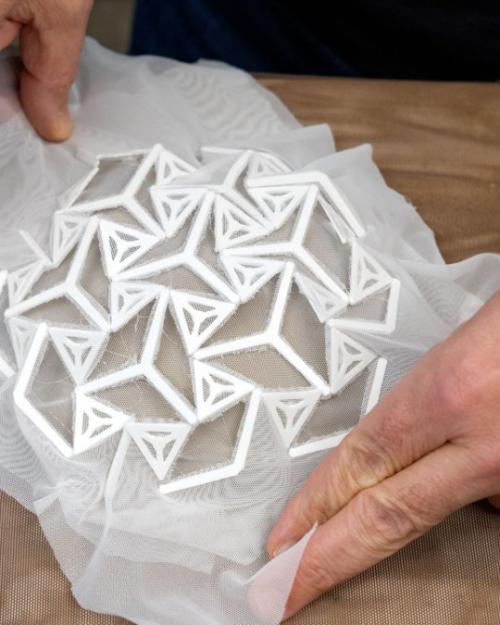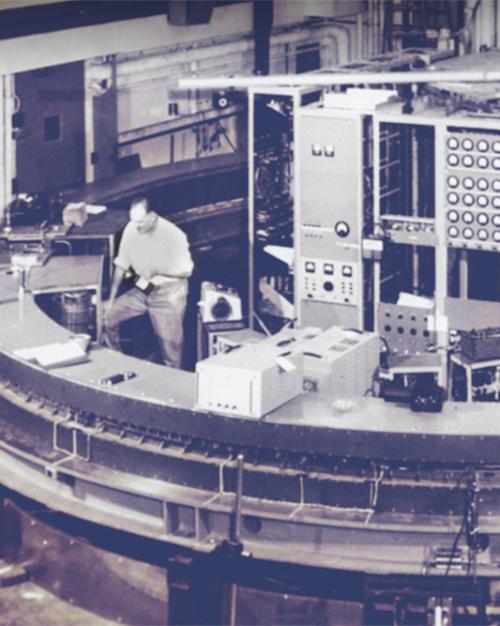Elementary particle physics research on the Hill began in the 1930s—but the field got a huge boost with the World War II-era invention of the synchrotron, a device that propels particles to extremely high energies through a narrow vacuum tube surrounded by magnets.
Newman Lab, home to Cornell’s first synchrotron, opened in 1948. Located on the northern edge of central campus behind Clark and Savage/Kinzelberg halls, it also housed machine and electronics shops.
The facility quickly led to groundbreaking advances—and the rapid acceleration (pun intended) of the University’s particle physics research program.
As the University and the College of Arts & Sciences spotlight the lab’s 75th anniversary of ongoing research and discovery, read some fascinating facts about it in Cornellians.




